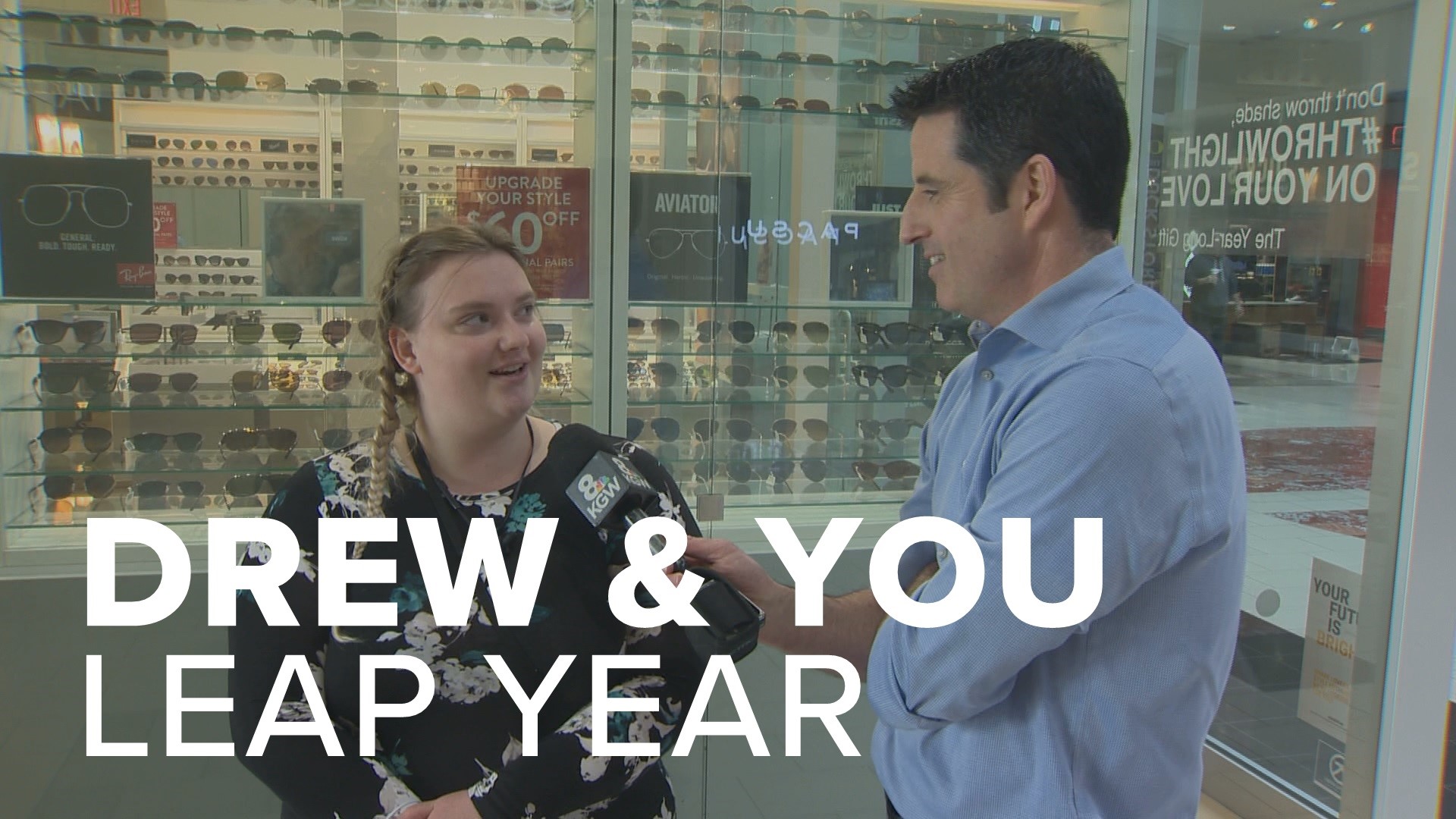KGW's Drew Carney explains the planet spinning science behind the creation and need for a leap day and year. Watch his video later in this story.
Meantime here's a written version of the why this came to be in Roman times, as explained by Dr. Kelly Herbst with the Virginia Living Museum in Newport News, Va., to our sister station WVEC.
"What they did was watch things in the sky and there were two different types of calendars that different people used across the world," says Herbst. "What you end up with is the lunar month of 30 days but a solar year of 365 days."
But 12 lunar months only adds up to 360 days.
While the math is simple, the implications are a bit more complicated, "well that's not quite a solar year. So your lunar calendar and solar calendar would get out of sync."
In those days, the year would start on the Spring Equinox but both of those systems - lunar and solar - resulted in spring eventually starting in a different season!
They knew something was off and it was actually Julius Caesar who finally got us a calendar that almost kind of worked.
The new calendar alternated between 30 and 31-day months but that still didn't end up with 365 days (but 366 every year), "so Julius Caesar said 'lets chop a day off of February.'"
February was the end of the calendar year at that time so that would make 365-day calendar year.
Well, a solar year is closer to 365.25 days so Julius Caesar instituted a "Leap Day" at the end of February every 4 years to keep things on track.
That's still not the current calendar though.
Augustus Caesar, who had a whole month named after him (like Julius had July), made another change. It gets a little petty here.
"August was a 30 day month and July was a 31 day month." That wasn't okay in Augustus' book so he made August a 31-day month and took another day from February, "and that's how we get our modern leap year."
The current calendar still isn’t 100% accurate as the orbit around the sun isn’t always exactly the same every year but it works so that things aren't too far off in the long.

